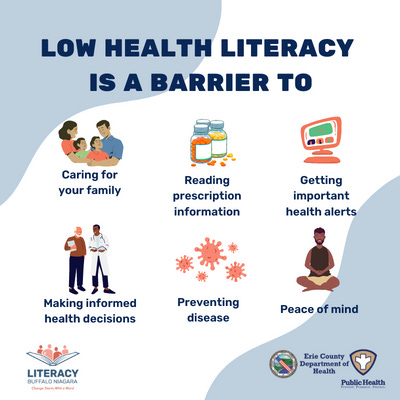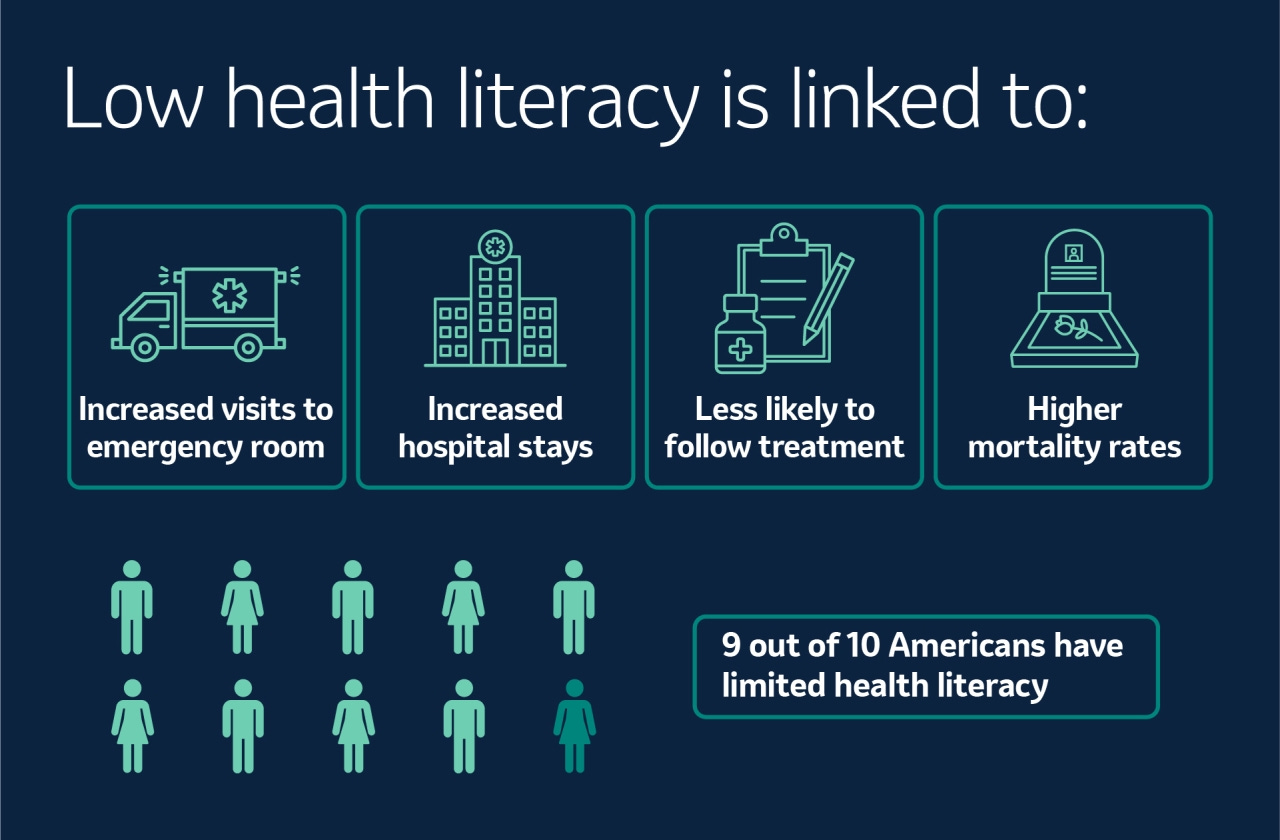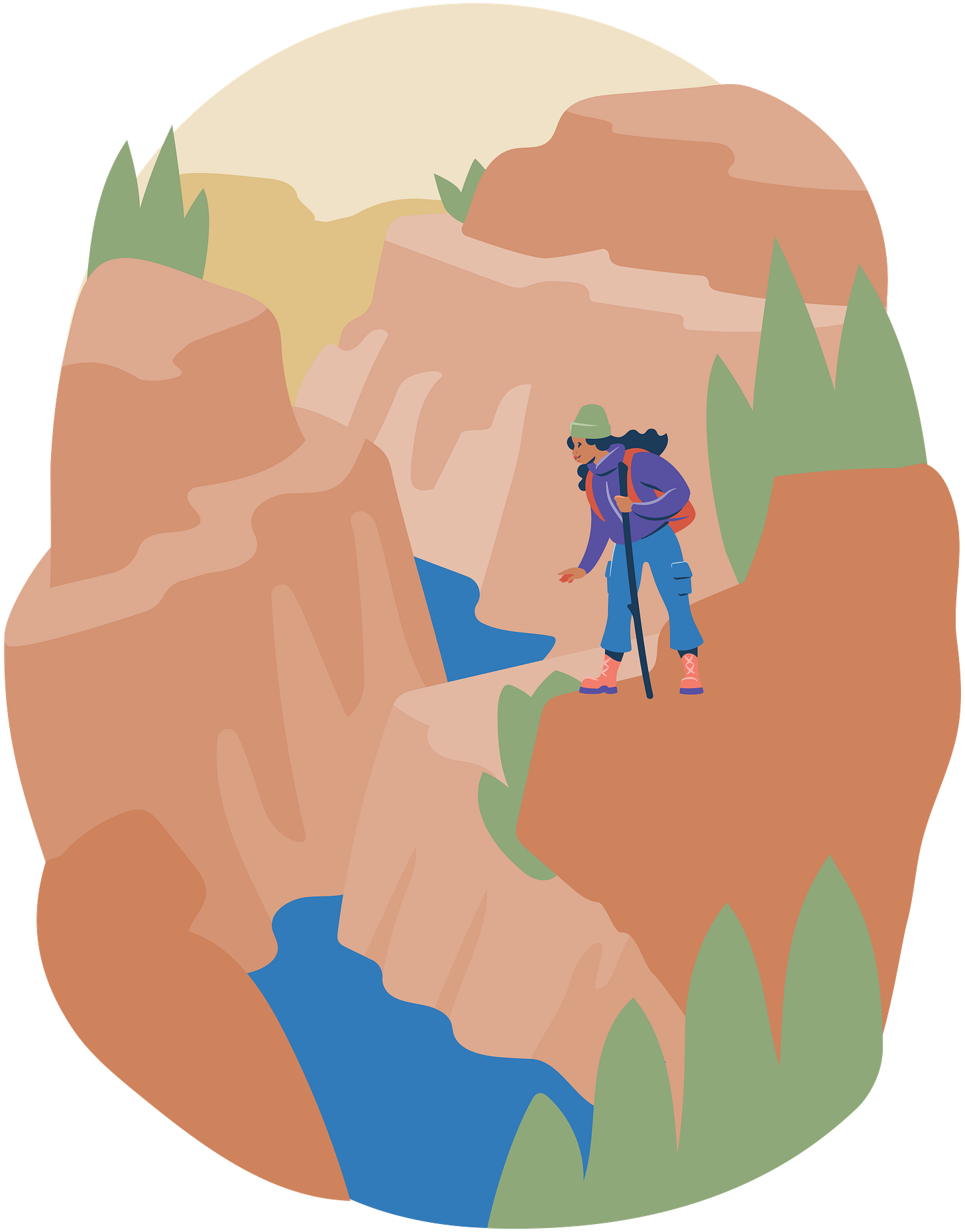(Really) Making America Healthy Again
Why we still need to make better health decisions, despite incoming changes on the American health horizon.
Happy Tuesday, health heroes!
Are any of you feeling overwhelmed by the political chatter? I know I am. It’s a symptom of agenda overload.
I do see something glimmering in the distance, though. I’m talking about MAHA—Make America Healthy Again.
Opinions about political candidates aside, I have to admit that I’m decidedly enthusiastic about the movement to Make America Healthy Again. For years, chronic disease and poor diet have been hallmarks of America’s health landscape.
To quote Casey Means, “The public health expert class has given us a public health collapse. We are on the verge of, at best, a health crisis and, at worst, a societal collapse with 20% of GDP going to health expenditures. [We're] getting sicker, fatter, more depressed, more infertile for every dollar we spend."
But if there’s anything you know about me (and this newsletter), I am all about self-agency and empowerment. Trusting government reform or passing off our health to anyone who claims they can fix or improve it is never the only solution. We have to be part of the solution—you and me.
No one can fix our health problems; there is no magic legislation or silver bullet. But MAHA can be a starting point. Then, we must address something else — the elephant in the room — or we will miss the full potential and momentum MAHA brings.
What is it? The individual’s part of the solution.
So, let’s talk about how you and I can Make America Healthy Again.
You’re at the grocery store, rushing after work to grab something for dinner. You glance at the shelves filled with brightly packaged foods. Some labels say “natural,” others boast “low-fat,” but what does it all really mean? You shrug, toss a box in your cart, and head to the checkout.
This moment, repeated thousands of times a day across the country, reflects one of the biggest challenges in our nation’s health: we’re making choices based on convenience, confusion, or habit—not on what’s truly best for our health.
That’s where the Make America Healthy Again movement comes in, changing grocery store shelves to provide healthier foods. But I say it’s not just about fixing the system; it’s also about empowering you to own it.
So, I’m making an addition to this new MAHA movement — I’m calling it OWN IT.
What is MAHA?
For those who aren’t following the MAHA movement coming with the new administration in 2025, this campaign aims to tackle the big issues in our health system by regulating processed foods, eliminating harmful additives, and promoting healthier agricultural practices, among other things. It’s a bold step forward to make healthier choices easier.
True, it’s primed to face a lot of pushback as RFK Jr. aims his sights on big food and big pharma, taking down their ability to maximize profits at the expense of the health of the American public.
It’s not a small order, and he’s not being shy about it. As he said on X:
“This includes its aggressive suppression of psychedelics, peptides, stem cells, raw milk, hyperbaric therapies, chelating compounds, ivermectin, hydroxychloroquine, vitamins, clean foods, sunshine, exercise, nutraceuticals, and anything else that advances human health and can’t be patented by Pharma,” he continued. “If you work for the FDA and are part of this corrupt system, I have two messages for you: 1. Preserve your records, and 2. Pack your bags.”
This is not a subtle or small change coming down the pipeline.
But here’s the catch: Even with these massive proposed changes, we still have the freedom to choose poorly.
Healthier shelves mean nothing if we’re not ready to make better choices.
OWN IT is about reclaiming control of your health.
You all know I love acronyms, so I had to create one for this initiative, one that empowers individuals to make strategic and smart health decisions.
OWN IT stands for:
Observe your health choices, status, and external and internal influences against your health.
Weigh your options thoughtfully using critical and analytical thinking.
Navigate the health landscape with confidence.
Implement changes that align with your health philosophy and goals.
Track progress and adjust as needed.
While MAHA changes the environment, OWN IT changes how you engage with it—giving you the tools to make decisions that build your health, not deplete it.
Let me give you an example. Shelly, a 42-year-old mom of two, has a demanding job. Between soccer practice, work meetings, and endless errands, she often finds herself in the drive-thru lane for dinner.
Shelly hears about MAHA and thinks, “Great! Finally, someone’s tackling the junk in our food supply.”
But then she realizes her role in the movement – she could make better health decisions, too. Maybe fast food isn’t the best idea. Shelly begins to OWN IT.
She starts to follow the Health Shift (shameless plug, I know)
She observes her family’s reliance on fast food and how it impacts their energy and moods.
She weighs her options and decides to try meal prepping on Sundays.
She navigates her grocery store with a plan, choosing simple, whole foods her kids will eat.
She implements a routine: quick stir-fries, reheated pre-made homemade frozen soup on busy nights, and sandwiches with veggies and fruit instead of burgers and fries.
She tracks her family’s progress. She notices her kids are feeling more energetic and less cranky and she’s even saving money by eating out less.
Shelly realizes that while MAHA is changing what’s on store shelves, her family’s health improved because she decided to OWN IT.
What is Health Literacy and Why It Matters
Stories like Shelly’s show the power of health literacy. So, what is health literacy, exactly?
Healthy People 2030 defines personal health literacy as the degree to which individuals have the ability to find, understand, and use information and services to inform health-related decisions and actions for themselves and others.
They define organizational health literacy as the degree to which organizations equitably enable individuals to have the ability to have individual health literacy.
The World Health Organization (WHO) defines health literacy as “representing the personal knowledge and competencies accumulated through daily activities, social interactions and across generations.
Personal knowledge and competencies are mediated by the organizational structures and availability of resources that enable people to access, understand, appraise, and use information and services to promote and maintain good health and well-being for themselves and those around them.”
Did you catch the dual focus in both the CDC and WHO definitions of literacy? Personal knowledge and organizational structures need to be in lockstep when addressing health literacy. MAHA covers the organizational structures necessary for health literacy, and OWN IT covers the personal knowledge required to be health literate!
Health literacy is not just about being a victim of whatever comes our way. It’s about reading labels and making sense of the overwhelming health information we face daily.
It gives us the confidence to make choices aligned with our needs and goals, not just what’s most accessible at the moment. Sound overwhelming? No worries – I’ve got you covered! My upcoming book will make it straightforward and guide you to do just that. (Pre-order opportunity will be coming soon!)
Let’s face it: The food industry doesn’t care about your health. They care about your cravings—and their profits. That’s why the average American consumes over 5 pounds of food additives a year and why more than 60% of our calories come from ultra-processed foods.
Here’s the real kicker: This isn’t just about convenience. Poor diet is now the leading cause of death worldwide, costing the U.S. $50 billion a year in healthcare expenses. And for the first time in modern history, today’s children are projected to live shorter lives than their parents.
We may think we’re health literate, but did you know that only 12% of Americans have proficient health literacy skills? Health literacy is a determinant of health – without it, our health declines. We need health humility - recognition that we have room to learn more and adopt better ways to handle our health.
These statistics show why MAHA is tackling the big societal issues, but I am highlighting the need for individuals to take charge. We must OWN IT, too, with health humility leading the way.
Your Role in OWN IT
MAHA + OWN IT is a call to action for everyone—from lawmakers and lobbyists to moms like Shelly—to step up. By owning your health, you’re not just improving your life; you’re part of a larger movement to reshape America’s health culture.
Think of your choices as deposits or withdrawals in your health bank account. Every time you cook a wholesome meal, take a walk, or get a good night’s sleep, you’re making a deposit. But every time you opt for convenience over health, you withdraw from your future well-being. You’re also helping to Make America Healthy Again.
TL;DR
As the Make America Healthy Again movement moves forward, ask yourself: How can I OWN IT?
It can be as simple as starting by observing your health and habits (are you following Core 4?) or weighing your health intervention options using the approach I discuss repeatedly in this Substack newsletter.
Navigate the health landscape using a logical approach, as found here in this newsletter. Implement changes one small health decision at a time. Track your progress. You’ll not only see results in your health—you’ll inspire others to join the movement.
Together, we can create a culture where health isn’t managed reactively but nurtured proactively.
My upcoming book, Health Shift (yes, I now have a title! 🍾), offers a deeper dive into how to OWN IT, empowering you with tools and strategies to take charge of your health journey. More to come about the book soon! (May 2025 book launch date can’t come soon enough…)
In the meantime, I’ll share more free, empowering health knowledge and debunk health myths and untruths here. If you implement these approaches, you will see positive health results.
America’s health, and yours, is in your hands. Let’s join together and make better health decisions, one at a time. It’s time to OWN IT.
In good health,
Dr. Alice
A little more about Dr. Alice Burron and The Health Navigator Group:
You can find more about The Health Navigator Group at our website: www.thehealthnavigator.org
On Instagram: @the.health.navigator
And learn more about Dr. Alice Burron at her website: draliceburron.com
Or via her personal Instagram: @dr_burron
You can even connect with her on LinkedIn, if you want to be professional about it. 👓
And if you’re not subscribed to our Substack, it’s time! It’s free, and packed full of useful tools to help you on your journey to better, faster healing.












